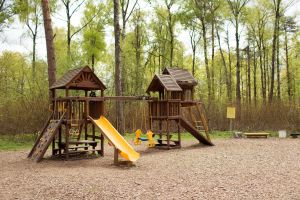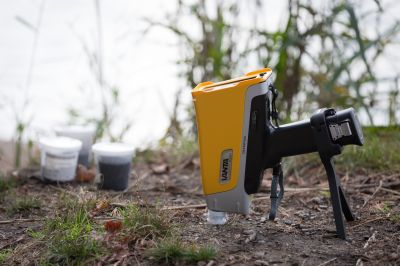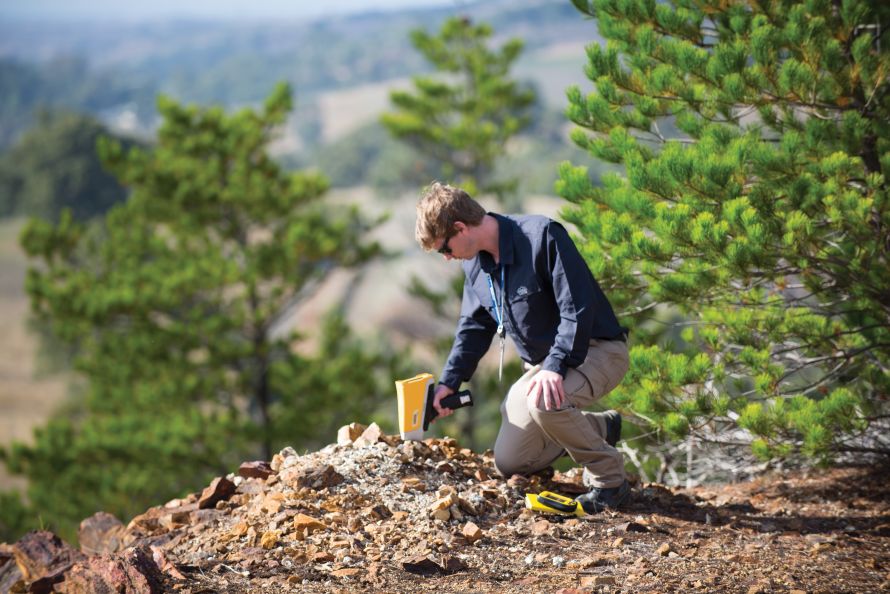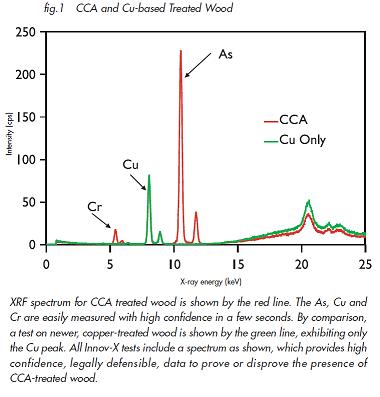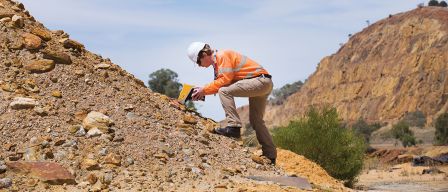CCA-treated wood is often used in municipal playgrounds | OverviewCCA (Chromated Copper Arsenate) Pressure Treated Wood has been utilized since the 1930's. However, as of January 1, 2004, the USEPA no longer allows CCA treated products for residential use. Furthermore, several European countries have banned it altogether. CCA was developed as a cost-effective and ideal treatment to protect wood from dry rot, fungi, mold and insect destruction. It has been used extensively for outdoor home and community structures, such as play sets, decks, picnic tables, compost boxes, and wooden containers for gardens. Data and public pressure concerning the long-term health and environmental dangers from exposure to the use and disposal of CCA treated wood forced the decision to cease its residential use and/or completely ban it. Of particular concern were the toxic metals present in this wood, which if ingested or inhaled could lead to various forms of cancer and other serious illnesses. |
Wood Treating Chemicals Portable XRF Measures in Seconds
- CCA: Cu, Cr & As
- ACZA: Cu, Zn & As
- ACQ: Cu
- Pentachlorophenol: Cl
- Zinc Borate: Zn
- IPBC: I
- Bromine: Br
The Dangers of Leaching Toxins
An inorganic form of arsenic leaches out onto the CCA treated wood and into the surrounding soil. Over an extensive period of time, children who play frequently on or near CCA treated wood - and very young children who tend to put their hands in their mouths often - are at the greatest risk of ingesting toxic levels of arsenic. Ingestion of edible plants grown in soil contained by CCA treated wood also poses a potential threat.
The USEPA has not issued regulations requiring the disposal of existing residential CCA treated wood structures, but does recommend that they be coated with a sealant to prevent the arsenic from leaching out any further. They also recommend that people and animals not eat on or near the structures or the surrounding soil. They further suggest that children wash their hands with soap and water more frequently when playing on or near this wood and that adults use protective masks, goggles, gloves and clothing when sawing or sanding it.
Toxin Salvage and DisposalArsenic is not the only culprit in CCA pressure treated wood. When it is disposed of by incineration, the chromium and copper are not destroyed, but concentrated in the ash that can be sold for fuel. The arsenic, released as a vapor, can be trapped in pollution control equipment or escape into the atmosphere. If CCA treated wood is burnt in the open air, fireplaces or woodstoves, all three toxic metals are released with potentially devastating results. The demand for the disposal of CCA treated wood will increase significantly over the next decade. Many municipal incinerators will not be able to operate economically if they are forced to handle hazardous waste disposal fees for the toxic ash. The only current safe disposal method for CCA treated wood is for it to be placed in lined landfills. Unlined landfills permit dangerous leaching into the ground and possibly into the ground water. |
Woodscrap is sorted to find CCA-treated wood for proper disposal |
Fast, Quantitative Analysis and Sorting of Treated Wood.
Portable XRF for On-Site, In-Situ Measurements
- Preservative Retention & Penetration
- Coring Analysis
- QC: Pass/Fail Sorting or Full Analysis
- Utility Pole & Railroad Tie Inspections
- Label & Branding Verification
- Works on Wet or Painted Wood Surfaces
On-site analysis for CCA-treated wood is used to prevent recycling into mulch |
Toxin Detection and ScreeningConsumers may want to determine arsenic levels in existing residential CCA pressure treated wood structures and surrounding soils. Landfill and recycling facilities need to screen all incoming wood for CCA, as well as for other toxintreated woods. Wood treaters, lumberyards, homecenters, and distributors need to assure correct labeling of chemically treated woods for EPA inspections. Industry and regulatory personnel seek techniques to perform accurate analysis with immediate results. They need a performance proven screening tool to make sure they can separate CCA and other toxin-treated woods from nontoxin treated woods thereby distinguishing what can be recycled and what goes into lined vs. unlined landfills. They also want to protect themselves from any ensuing liability. |
Ultra Fast, Definitive Identification of CCA Treated Wood.
The handheld XRF analyzer identifies Cu, Cr and As in 2-3 seconds - providing instant confirmation of CCA presence.
The handheld XRF also analyzes soil, filter & wipe media, plant material, paints and coatings. It can be customized for any application. There are no radioactive sources, thus burdensome isotope regulations don't apply, making site-to-site travel a breeze.
